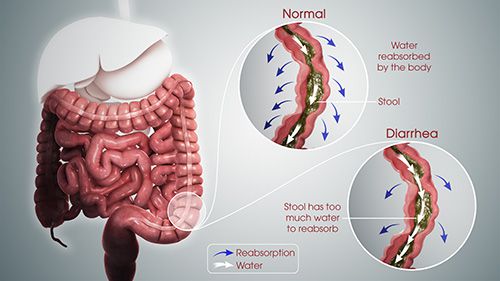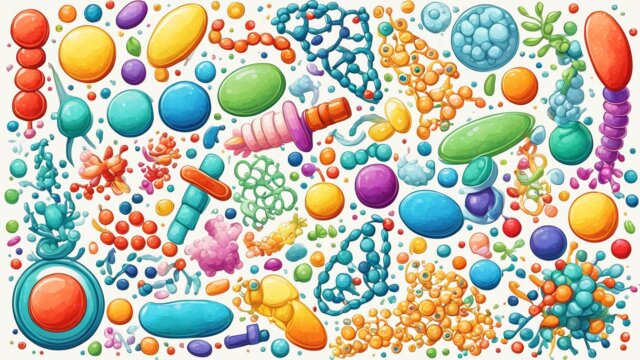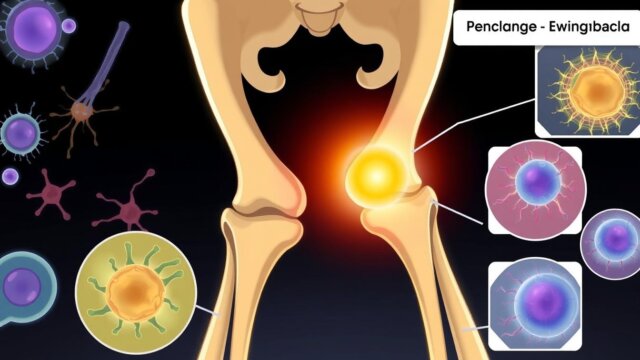FTC disclaimer: This post may contains affiliate links and we will be compensated if you click on a link and make a purchase.
Diarrhea is a symptom of underlying gastrointestinal dysfunction. It is defined as the passage of more than 200g or 200ml of stool in three or more bowel movements within a 24 hour period.
Typically there is a large volume of watery stool, especially in acute diarrhea. Sometimes, bowel habits and stool forms may not fit into diarrhea, yet it is not normal for the individual.
Frequent bowel movements and loose stool are two more commonly used terms to describe these changes but may be used subjectively. Irrespective of the terminology, the changes are due to certain known mechanisms.
Diarrhea may be classified as acute or chronic, infectious or non-infectious.
Further classification, primarily by cause, can be quite extensive. However, this does not always explain the mechanism of action.
Rapid Transit Time (During Diarrhea)
Diarrhea, frequent bowel movements or loose stool may occur when the bowel transit time is abnormally rapid.
This is the time for food from the mouth to pass through the gut and undigested and unabsorbed remnants (leftover) to pass out as feces (excrement).
Diarrhea due to changes in bowel transit time is broadly referred to as motility diarrhea.
Normally, the transit time takes four to eleven hours for the food to pass through the large intestine, and on average, it takes six to eight hours.
After that, it spends up to 70 hours in a colon before it is excreted, and on average, it takes 40 hours. However, the transit time in women may reach up to 100 hours.
Moreover, the exact transit timing depends on your metabolism and eating, which may vary.
It rarely occurs on its own without one of the three other mechanisms described below, as the reduced contact time with the bowel walls means water, as well as nutrients, are not fully absorbed.

Diarrhea Classification
Diarrhea is often classified as osmotic, secretory, and exudative.
This describes the mechanism behind the change in bowel frequency and stool consistency. The fourth type of category is sometimes included. This is malabsorptive (where the body cannot adequately absorb certain nutrients from the diet), but it is similar to osmotic.
Osmotic Diarrhea
Osmotic diarrhea means that substances within the gut are pulling water into the bowel. This may be seen with certain foods and can therefore include the category of malabsorptive diarrhea.
One of the common substances that cause osmotic diarrhea is sorbitol.
Since it is widely found in gum, this type of diarrhea is commonly known as “chewing gum” diarrhea.
The bowel does secrete some amount of water into the bowels to help with motility and digestion. Water that is normally reabsorbed in the large intestine instead remains and is passed out with the stool.
Secretory Diarrhea
Secretory diarrhea means that the bowels pass out water from their tissue spaces into the bowel’s lumen.
The body essentially loses water, and the stool is typically large volume and watery.
This type of diarrhea is more commonly seen with the use of certain medications and infections. It overlaps with exudative diarrhea at times.
Secretory diarrhea can lead to the loss of large volumes of water and electrolytes that can quickly lead to dehydration.
Exudative Diarrhea
Exudative diarrhea is associated mainly with infections. It is characterized by the presence of blood or pus in the stool.
The infections implicated in exudative diarrhea may be severe, and this type of diarrhea can also arise with a complication in an infection that initially presents with secretory diarrhea.
A non-infectious cause of exudative diarrhea is inflammatory bowel disease, particularly ulcerative colitis.
Here extensive inflammation of the bowel wall compromises its ability to reabsorb water and prevents water loss.








